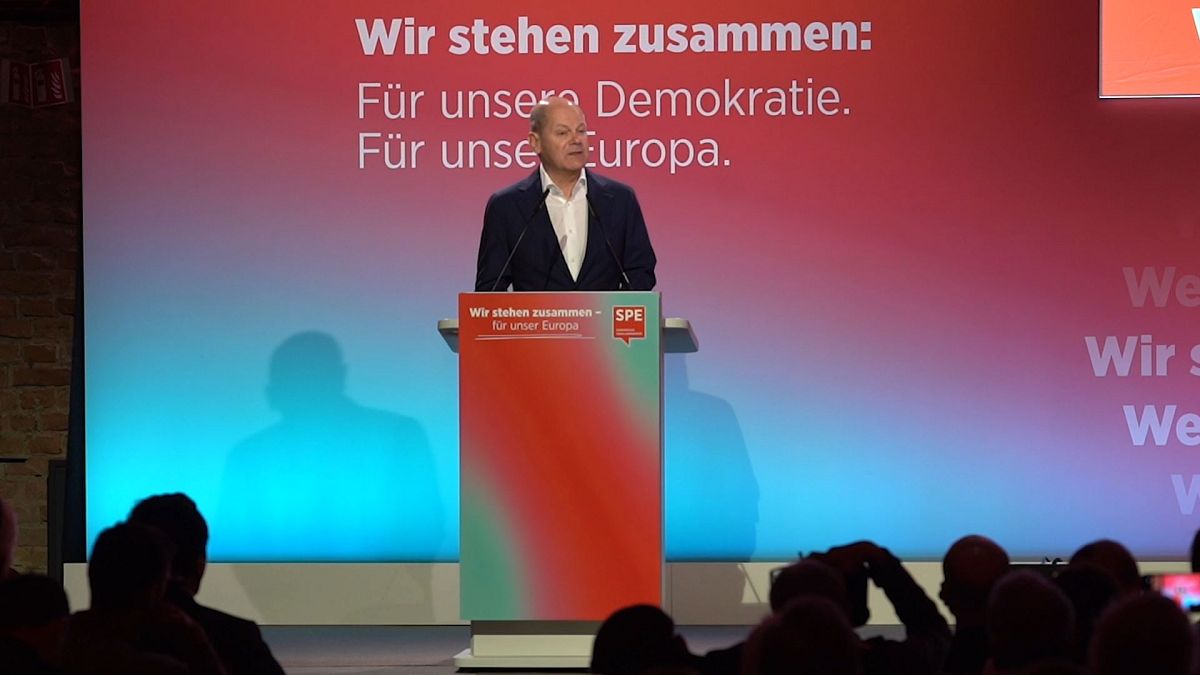My name is Ben Christensen and I am the head of Simms Fishing Products. While this is a new role for me, I am not new to Simms — and I am not new to Montana. My tenure with Simms began nearly 12 years ago, and I grew up in Kalispell.
The waters of Montana are and have always been central to my life. My childhood summers were spent on the lakes and rivers of Northwest Montana, visiting my grandmother in Polson, swimming away hot afternoons in Foy’s Lake with friends, and casting big orange stimulators to willing cutties on the Middle Fork of the Flathead. I made it my work, spending the summers of high school and college as a guide in West Glacier and eventually landing my dream job, working with the team at Simms. These waters flow through me and I hope to pass the same reverence and connection along to my three kids. The effort will be aided this summer by a family trip down the Smith in June, and another down the North Fork of the Flathead in July.
People are also reading…
The Montana Headwaters Legacy Act protects the waters that are invaluable to the way of life for residents of this state, and the multitude of visitors that come to experience what we have. The legislation establishes Wild and Scenic designation for 384 miles on 20 of Montana’s rivers, ensuring they remain free-flowing, clean and unharmed by new development.
Yes, this is important to me and my family, but more significantly, it’s critical to the long term economic and cultural vitality of Montana. The outdoor recreation economy has emerged as one of the biggest single economic drivers in our state, contributing $2.9 billion annually. Free flowing, clean rivers are foundational to this economy, drawing visitors from around the world, and offering respite and connection for Montanans.
When I travel the country with Simms, talking to anglers, I hear countless stories about the unforgettable experiences folks have on our rivers, and their bucket list dreams of snagging a coveted Smith permit or catching a big Missouri rainbow with a delicately presented dry fly. We have an opportunity right in front of us to protect this immensely valuable resource.
I’m encouraged by surveys indicating that 8 out of 10 Montana voters support the Montana Headwaters Legacy Act. It’s a no-brainer for the wellbeing of Montanans and the economic opportunities that enable us to live here. For me, and for the team at Simms, this is far too important and pragmatic to be a partisan issue. We’re ready to work with any and all in the effort to protect and conserve our natural resources.
If you agree, speak up. Let all of your elected representatives know how you feel and why it’s important to you. Simms will be right there with you, doing everything we can to move the needle on the big issues and opportunities that affect our community and our business. Protecting our rivers through the Montana Headwaters Legacy Act is something that nearly all of us agree on, and it inspires us to work together on something so critically important.
Ben Christensen is head of Simms Fishing Products in Bozeman.






/static.texastribune.org/media/files/9da292d99d6303a87f76144d4f26a69b/ATX%20Construction%20AG%20TT%2001.jpg)


/cdn.vox-cdn.com/uploads/chorus_asset/file/25433387/Screenshot_2024_05_04_at_1.15.04_PM.png)




















